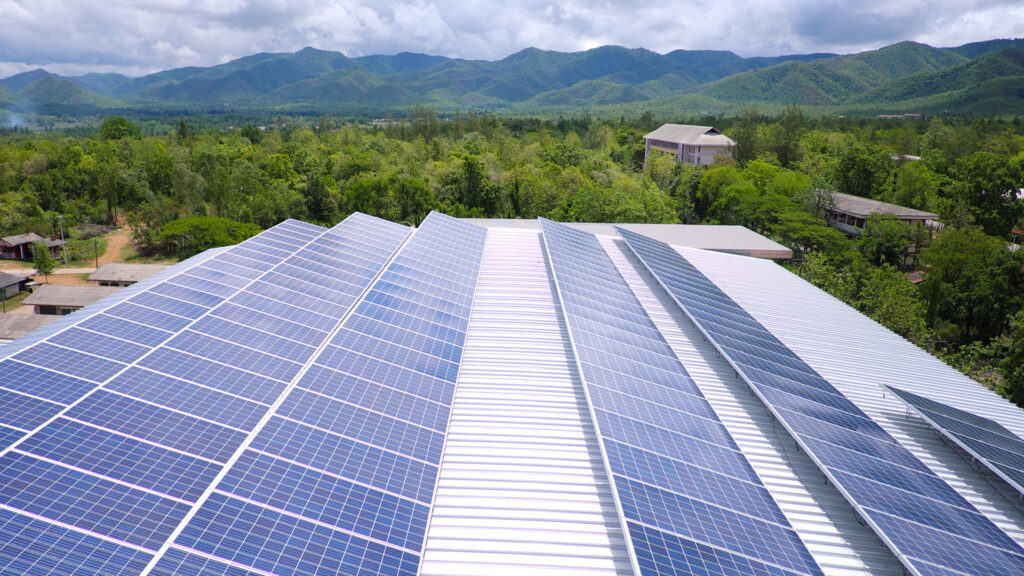Three perspectives why investing in hybrid microgrids makes business sense
By Chris Pye, Hybrid Microgrid Segment Manager
Interest and investment in hybrid microgrids is on the rise globally, with consistent year-on-year market growth between 10 to 12%. Increasing prices of gas and electricity, the need to decarbonise power generation and transportation, and the transformation of traditional grid infrastructure are driving the rise of the market, and this upward trend is expected to continue, with the Asia Pacific, the Middle East, Africa and Latin America considered the main growth regions.
In this article, we take a look from three different perspectives to discuss why investing in hybrid microgrids is the way forward for power generation.
The Commercial perspective
Hybrid microgrids are cost-effective, relatively easy to set up and provide a quick return on investment. Renewable energy is more cost-effective than fossil fuels, from a marginal cost of production, operational and maintenance perspective. Pricing for renewable energy production and storage assets has been steadily declining, making initial investments more affordable than before.
Battery storage systems bring additional value, as they firm renewable generation assets, facilitating dispatchability, whilst also being able to participate in ancillary energy markets independently.
Considering the time to market and ease of deployment, microgrids are both modular and scalable, faster and cheaper to scale up or down compared to, for example, the construction of new coal power plants.
The Sustainability perspective
Transitioning from fossil fuels to renewable energy is becoming increasingly critical, given global commitments to reduce greenhouse emissions. International governing bodies are urging for transformative measures, investments, and policies to increase the use of renewables.
Relying exclusively on renewables, hybrid microgrids can support emission reduction and lead to more sustainable power generation.

The Technical perspective
Embedded renewable energy and storage assets have disrupted the traditional power generation market by virtue of shifting generation sources closer to the point of consumption.
The Grid 2.0 model, a truly dynamic bi-directional power flow model mitigates risk presented by ageing “pole and wire” assets, giving communities far greater energy resiliency by having power generation co-located at the point of consumption with the ability to operate as an independent system.
Adding further pressure to today’s infrastructure, network owners and operators is the phenomenon of peak demand exceeding base demand growth. These challenges are expected to be exacerbated further with the electrification of the transportation sector, which will lead to significant growth of rapid charger infrastructure. Localised battery storage being an intuitive mitigating solution will lead us to the next frontier for microgrids.
— ComAp
